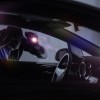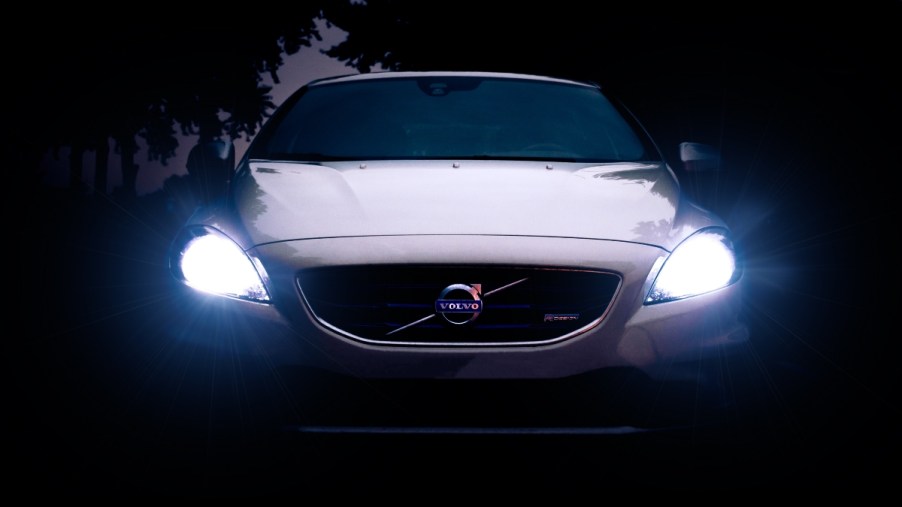
Why Do Cars Have 2 Headlights? — Instead of 1 or Many More
We’re accustomed to the norm of cars with two headlights. But why do cars have two headlights instead of one in the middle? And for that matter, why not have three or many more? Let’s take a closer look.
Two headlights on cars date back to the days of horse-drawn carriages with lamps
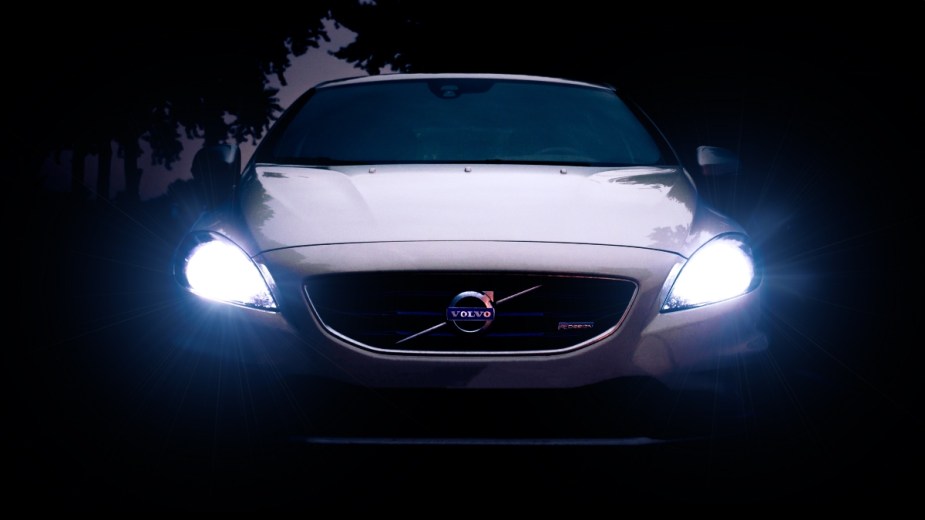
The most obvious reason why cars have two headlights is that they provide extra illumination compared to just one. However, if this were the only reason, then why not have a third headlight — or 100 for that matter.
The origins of two headlights on cars date back to the days of horse-drawn carriages. In the early days of cars, driving at night was an absurd idea. The 1896 Duryea, the first production car in the United States, didn’t have any headlights. However, the use of headlights wasn’t a completely new thing.
Horse-drawn carriages sometimes had acetylene lamps. To provide enough light around these large animals, the horsemen hung two lamps — one on each side of the horse.
With a front-mounted engine, a headlight on each side of the grille is a logical arrangement
Most modern gas-powered cars have a front-mounted engine, so it’s a logical arrangement to have a headlight on each side of the radiator grille. In the brass era, though, some cars had engines in other locations, such as behind the rear axle or under the driver’s seat.
With this in mind, automakers could have placed the headlights anywhere. However, once more cars were mass-produced, automakers followed the two-headlight layout of the horse-drawn carriages. Eventually, the two-headlight layout became standardized across the automotive industry.
Also, even for cars with rear-mounted engines, the two-headlight layout still makes sense. With the trunk situated at the front of a car, placing the headlights on each side enables a larger opening.
Two headlights are a fail-safe measure in case one burns out or malfunctions
Another reason why cars have two headlights is that it’s a fail-safe measure. If one of the headlights burns out or malfunctions, a car can still rely on the functioning headlight to safely make it back home at night.
Some cars had only one headlight
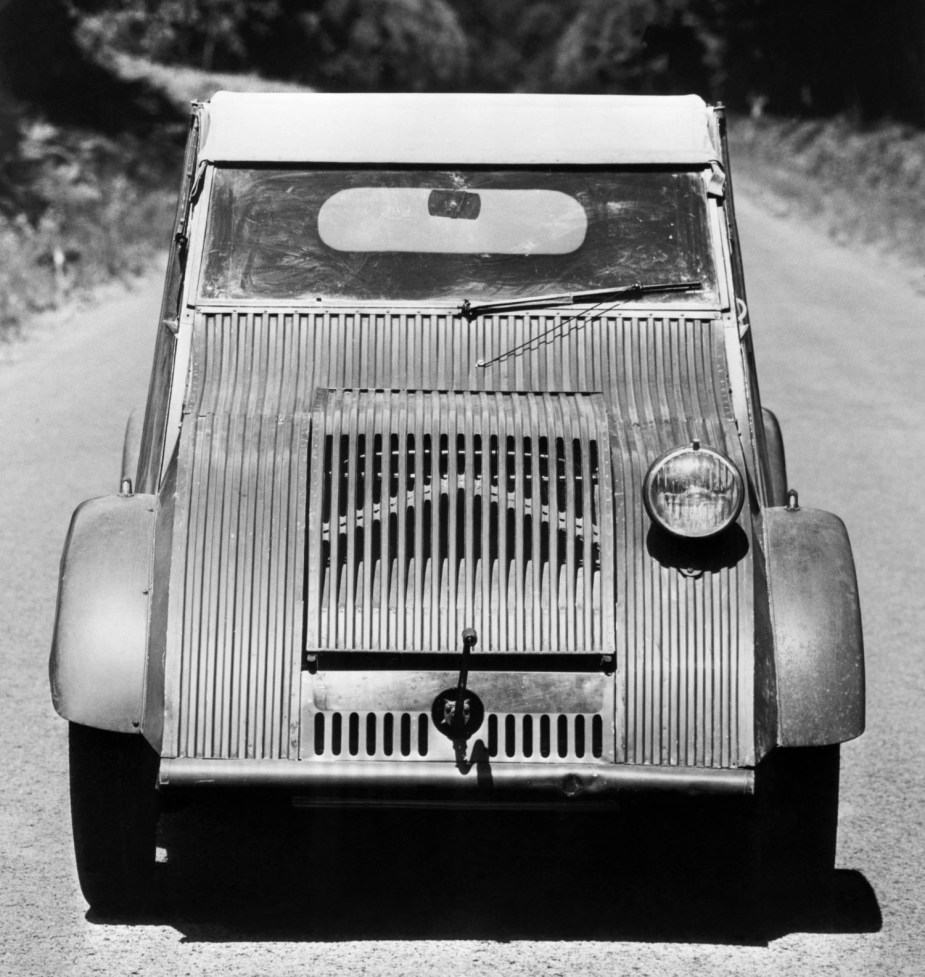
While two headlights is the standard arrangement, some cars had alternative layouts. Notably, some early cars had only a single headlight. For example, as detailed by The Drive, in 1936, “French engineer Pierre-Jules Boulanger designed the original Citroen 2CV around a single headlight” — for the sake of simplicity and weight reduction. The car oddly had the single headlight situated on the driver’s side of the hood. At the time, French law only required one headlight.
Also, in the 1930s, Ferdinand Porsche, when designing the original Volkswagen Type 1 Beetle, experimented with different headlight layouts. Like many Porsche models, the Beetle had a rear-mounted engine. However, Porsche eventually settled on the standard two-headlight arrangement. With a headlight on each outboard fender, as mentioned earlier, there can be a larger opening for the front trunk.
Additionally, the 1962 Peel P50, the smallest production car ever built, only had a single headlight. With a width of only 41 inches, the car was likely too narrow to have two headlights. Also, in the 1950s, illustrators for Road and Track magazine drew a ridiculous Cyclops microcar with a single headlight.
Other cars had three or other headlight layouts
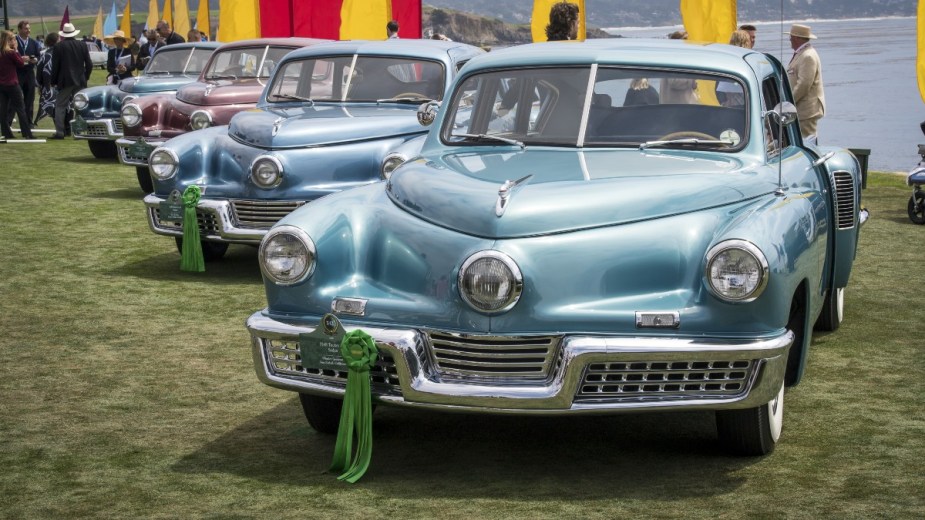
Some automakers took headlight design in a different direction — more is better. The Tucker 48, with its rear-mounted engine, featured a third headlight mounted on the nose of the car. Tatra, a Czech automaker, also had cars with a third headlight.
Additional unique examples of headlight design are the 1986 Mercury Sable and the 1988 Pontiac Grand Prix. Both of these cars had headlights located in the traditional positions. However, they also featured a backlit plastic panel between the headlights. The backlit panel was more for decoration than extra illumination, though. Also, after a front collision, it was expensive to repair.
Furthermore, some rally and off-road vehicles feature many high-powered lights. However, these lights are typically expensive, so they are almost always added as an accessory, not for the production vehicle.
However, for the overwhelming majority of cars, the headlight layout is the same. Like human eyes, car headlights come in a set of two.
